17. The Boxer’s Omen (Kuei Chih Hung, 1983)
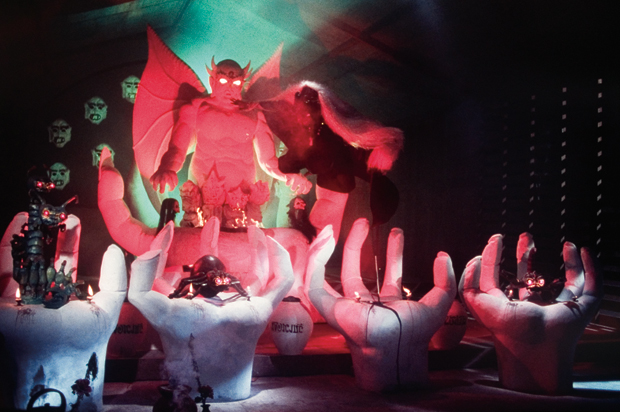
One of the most notorious Shaw Brothers’ films, the sequel to “Black Magic” is probably one of the most extreme takes on black magic.
There’s not much of a script here, but the basic idea is that Chung Hung travels to Thailand to avenge his brother, who became paralyzed after a boxing match. Once there, he ends up in a Buddhist monastery where he discovers that there is a curse on his family and that he is linked to a dead monk.
The production was very expensive, with scenes filmed in Hong Kong, Nepal and Thailand, and had a plethora of impressive special effects. However, what Kuei Chi Hung eventually came up with is a succession of disgusting sequences (like the one where three wizards eat rotten food, vomit it and then pass it to each other) and magical duels with preposterous creatures.
However, the film’s almost total lack of coherence, the general craziness that permeates it, and a number of actors that eventually became cult figures (like Bolo Yeung), have a secured a place for the film on the list with the most cult-trash productions ever made.
16. The 8 Diagram Pole Fighter (Lau Kar-leung, 1984)
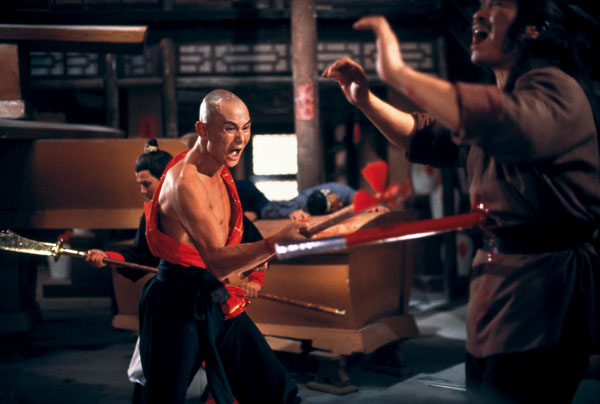
The Yang family is a group of seven brothers who, along with their father, frequently come to defend the ruling Sung Dynasty. However, the cunning general Pang Mai is jealous of the family’s status and plots against them with the Tartars, the most vicious enemies of the dynasty. Eventually, he manages to set them up as traitors and even tricks them into an ambush set by the Tartars, which ends with the family’s massacre and only the fifth and the sixth sons surviving.
The latter manages to return to his home to inform of the incident, but has become totally insane in the process. The fifth son eventually ends up in a monastery and, desperate for revenge, manages to persuade the abbot into teaching him his pole fighting technique. Subsequently, he embarks to exact revenge.
This film is probably the best of the many collaborations Lau Kar-leung had with the protagonist, Gordon Liu, who is an expert pole fighter. Leung’s effort to portray martial arts as accurately as possible reached its peak in this movie, with great training sequences and impressive pole fighting scenes. The final one, among a pyramid of coffins, is truly sublime.
Furthermore, the Zen undertone, the great performance by Alexander Fu (who plays the sixth brother who sinks into paranoia), and a number of “dark” episodes (like the one with the teeth bashing) give a depth to this film that transcends the boundaries of its genre.
15. Mr. Vampire (Ricky Lau,1985)
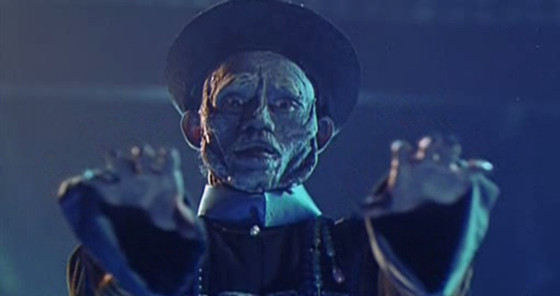
Ricky Lau’s debut film was a huge box office hit that led to the formation of a huge franchise including four sequels, a plethora of remakes, a theatrical play, a videogame and even a board game. The film was also very successful in Taiwan and Japan and established many of the genre’s distinct characteristics.
Master Kou is a Taoist priest who specializes in ghostbusting. He has two disciples, Man Choi and Chau Sang. When asked to rebury a rich man, he eventually discovers that he is a vampire and subsequently, Man Choi is infected by the vampire virus. Furthermore, Chau Sang is haunted by a female ghost who forces him to pleasure her sexually. Master Kou must exorcise the ghost while facing the vampires.
Chinese vampire legends have nothing to do with their Eastern counterparts, and this film clearly demonstrates that fact, demoting them to animated corpses who simply hop around, recognizing their enemies by their breaths.
Ricky Lau, however, makes the most of this folklore, artfully combining the humor and terror elements with plenty of cartoonish action, which benefits the most from the elaborate wirework. Lan Ching-Ying as Master Kau gives one of the best performances ever witnessed in the genre.
14. Twinkle, Twinkle, Lucky Stars (Sammo Hung, 1985)
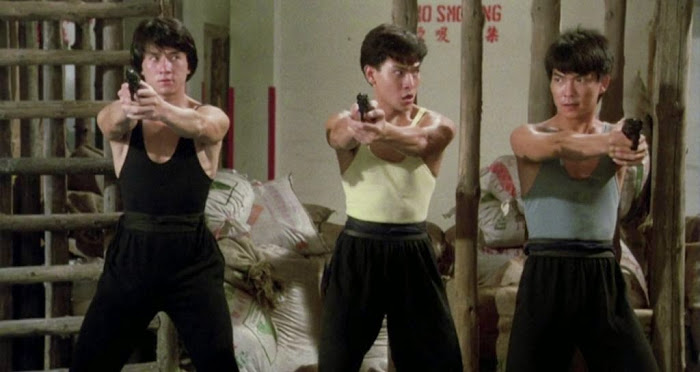
The third installment in the “Lucky Stars” series is the most cult among its parts; not for its story, which, once more, has policemen and the Lucky Stars gang joining forces to face the evil foreigners, nor for the crude and slapstick comedy, nor even for the elaborately shot action scenes. On the contrary, the cult nature of the film derives from its cast, which incorporates the crème de la crème of Hong Kong cinema, either in protagonist or even cameo roles. Please read the list:
Sammo Hung, Jackie Chan, Yuen Biao, Richard Ng, Eric Tsang, Andy Lau, Stnaley Fung, Rosamund Kwan, Sibelle Hu, Richard Norton, Yasuaki Kurata, Sandra Ng, Dick Wei, Michelle Yeoh, Moon Lee, Kara Hui, John Shum and even more. If this cast does not deem a movie cult, I do not know what does.
13. A Chinese Ghost Story (Siu Tu Ching, 1987)
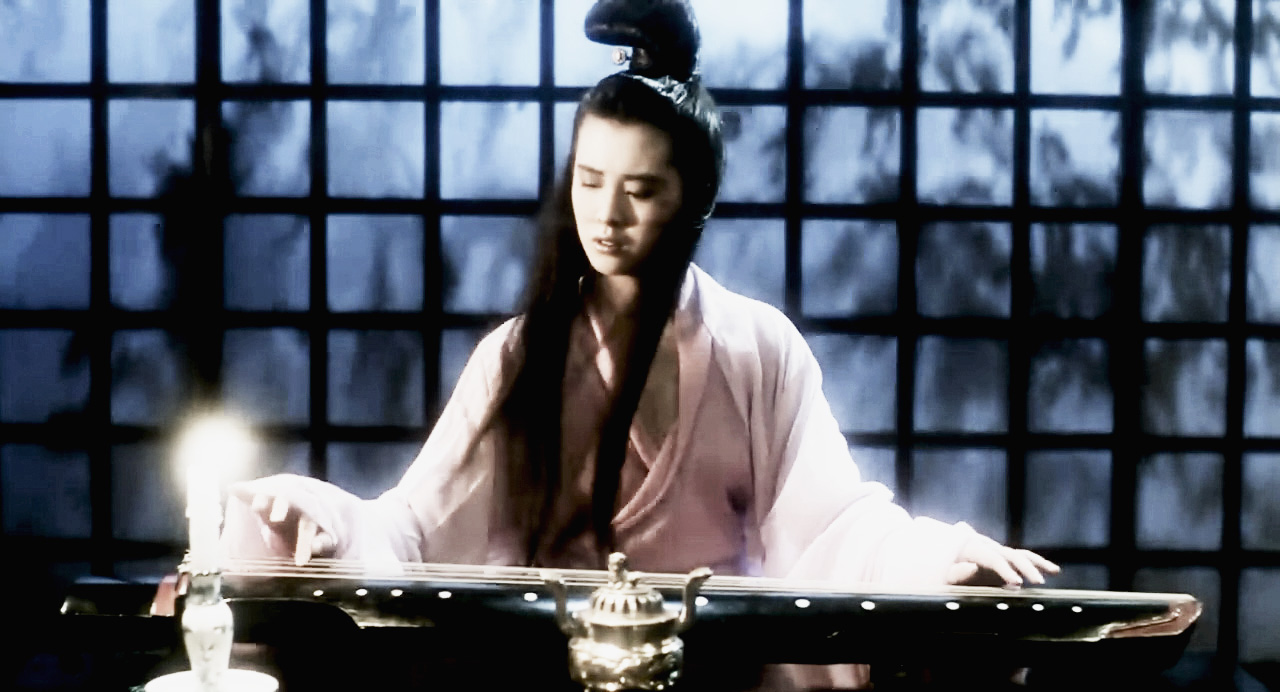
One of the films that established Tsui Hark’s legend as a producer, “A Chinese Ghost Story” was very popular throughout Asia, and initiated a trend of folklore ghost films that combined horror with comedy in the Hong Kong film industry.
Ning Tsai Shen is a tax collector who arrives in a small town to carry out his duties. Unfortunately, he ends up spending the night in the nearby Lan Ro temple. Inside the temple resides a ghost named Nie, whose duty is to enchant travelers so the tree demon she is bound to can consume their souls.
Nevertheless, this time things do not go their way, as Ning manages to escape their trap through sheer luck. Furthermore, a peculiar romantic relationship seems to form between him and Nie.
Siu Tu Ching managed to artfully combine all of the elements featured in the film, including the action sequences, the romance, and the comedy, all while retaining the horror element. Furthermore, he drew heavily from Leslie Cheung’s looks as Ning Tsai Shen, although the Hong Kong superstar showed glimpses of his talent, deftly handling both the horror and the comic parts of the film.
12. The Killer (John Woo, 1989)
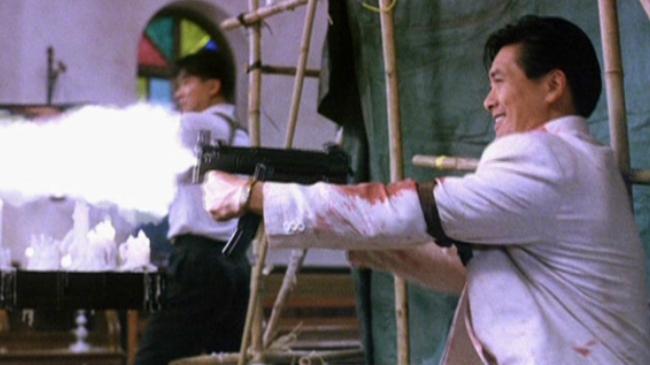
If “A Better Tomorrow” initiated the careers of John Woo and Chow Yun-fat, this particular one launched them into global stardom, since it was the most commercially successful film coming out of Hong Kong since “Enter the Dragon”. However, it was almost never shot, due to the continuing dispute between the director and the producer, Tsui Hark. Eventually, Chow and the other protagonist, Danny Lee, were forced to pay out of their pockets in order to complete it.
Ah Jong is a hired assassin who, during his latest “work”, accidentally hurts a nightclub singer in the eye. Although he had decided to quit, he takes on one last job in order to raise money to reimburse the girl.
Woo entails in “The Killer” all of his trademarks as a filmmaker: slow motion, impressive gun shooting scenes, stylized camera shots, and the ineluctable flying of pigeons.
Furthermore, Woo wanted to present a number of social issues, including religion, friendship and love; however, he does it epidermically, since the movie is obviously focused on the driving action. Chow is as smooth as ever, while he responds completely to the persona that made him famous.
“The Killer” won the Best Director and Best Editing categories at the 1990 Hong Kong Film Awards, while major filmmakers Quentin Tarantino, Robert Rodriguez, Johnnie To and Luc Besson include it in their influences, in a rare case where mainstream becomes so cult.
11. Riki Oh: The Story of Ricky (Ngai Choi Lam, 1991)
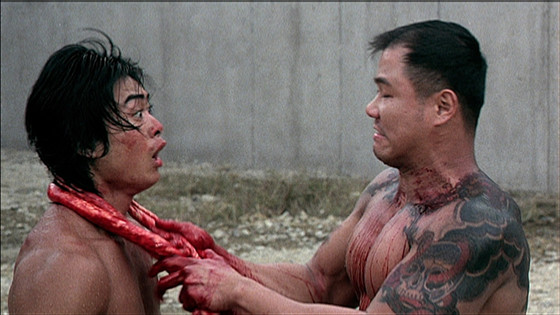
“Riki Oh: The Story of Ricky” is based on a Japanese anime movie and has reserved a place in cinema history for being one of the first movies that was rated Adults Only, exclusively due to its violent scenes, although it did not incorporate any erotic ones.
In 2001, all prison facilities are privatized. Riki, who was convicted for murdering a Yakuza who was responsible for his girlfriend’s death, arrives in one. Soon he realizes that a gang of four runs the particular prison, each responsible for a sector, and the corrupt guards are in a league with them. Riki cannot tolerate their oppression, and eventually has to face them. However, in his path stands most of the other convicts and his mission soon becomes the type of one-against-all.
Ngai Choi Lam directs a genuine splatter film, where the script, the direction, and the acting solely exist to provide a background for the gory action scenes. Those, however, are surprisingly impressive and graphic, completely capturing the aesthetics of the original ones from the anime. Bloodbaths, torture, superhuman powers, impressive kung fu fights and the evident low budget aesthetics amount to one of the foremost extreme films of its era.
Louis Fan Siu Wong, who plays Riki, was only 18 at the time and eventually managed to become a star in Hong Kong, appearing in movies like “Ip Man”, despite the fact that he does not act at all in this particular film.
10. Angel Terminators 2 (Lau-Chan, Chin-Ku Lu, 1991)
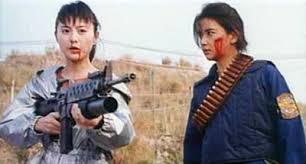
This unrelated sequel to the original took the ‘girls with guns’ trope to a whole new other level of cult, featuring an almost international cast, with Sibelle Hu, Moon Lee, Yukari Oshima and Sophia Crawford.
Bullet, dressed in tight pants, is released from prison after taking the blame for her triad boss. She hooks up with her former gang and her childhood friend Chitty almost immediately, and her estranged father, who is a policeman, and his dressed in yellow tracksuits partner, Big Aunt. Although Bullet tries to change her life, she soon succumbs to her old way, in order to help Chitty to avoid becoming a whore for her former boss.
The film is filled with guns and martial arts action, with a number of them among women, in a plethora of impressive sequences that find their apogee in the finale. Add to that the small budget that has the stunt team going to extremes in order to complete the action scenes, a rather intense story that features prostitution, kidnapping, and lots of death, and you have the backbone of a truly cult film.
9. Naked Killer (Wong Jing, 1992)
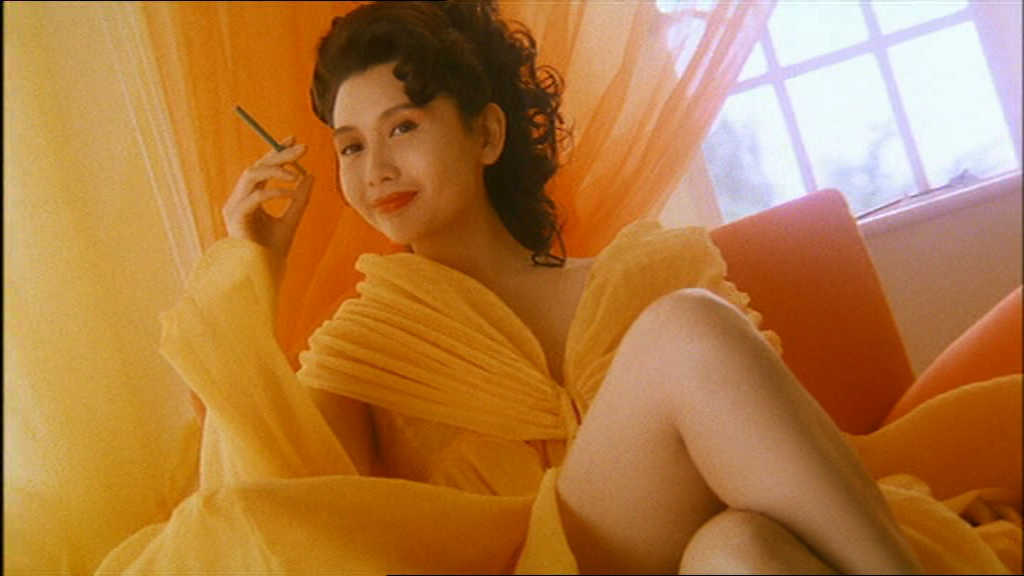
The base of the “Raped by an Angel” is a distinctly cult film in almost all its aspects, and was one of the first CAT III films to combine extreme violence and sex themes.
The story revolves around Kitty, a young woman with a tendency to stab in the genitals men who bully women. In one of these “efforts”, she stumbles upon Tinam, a policeman who fails to arrest her. A bit later, however, the two of them start a relationship. Furthermore, when Kitty’s father is killed by his wife’s lover, a series of events initiates that ends up with her being the protégé of a hired killer named Sister Cindy, with the two of them eventually having another duo of assassins, Princess and Baby, on their heels.
Cartoonish violence, a nonsensical script, absurd characters and situations, and bad comedy make for a film so bad that unavoidably became cult.